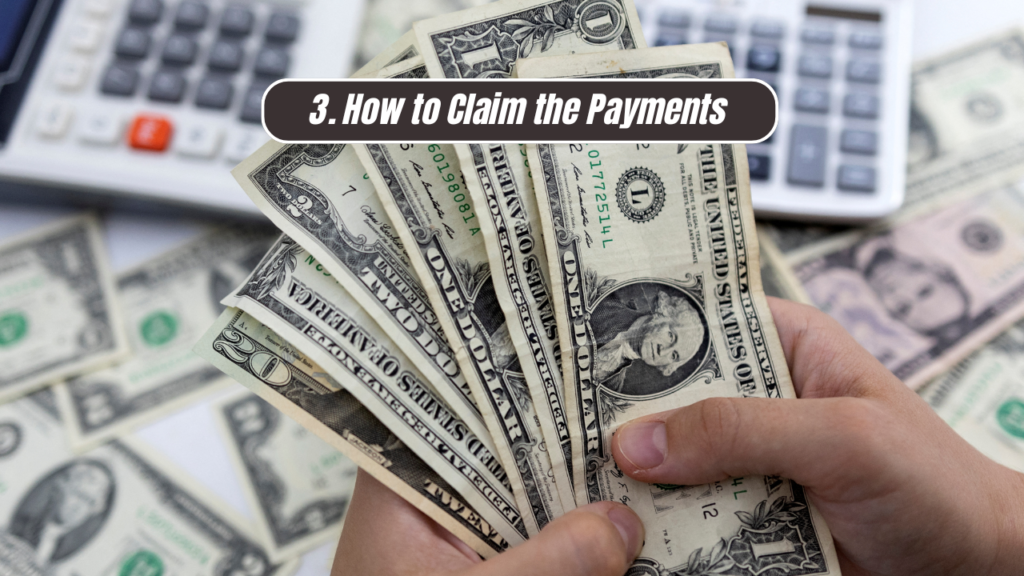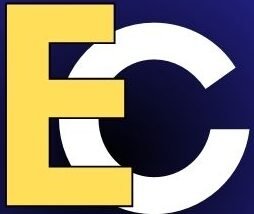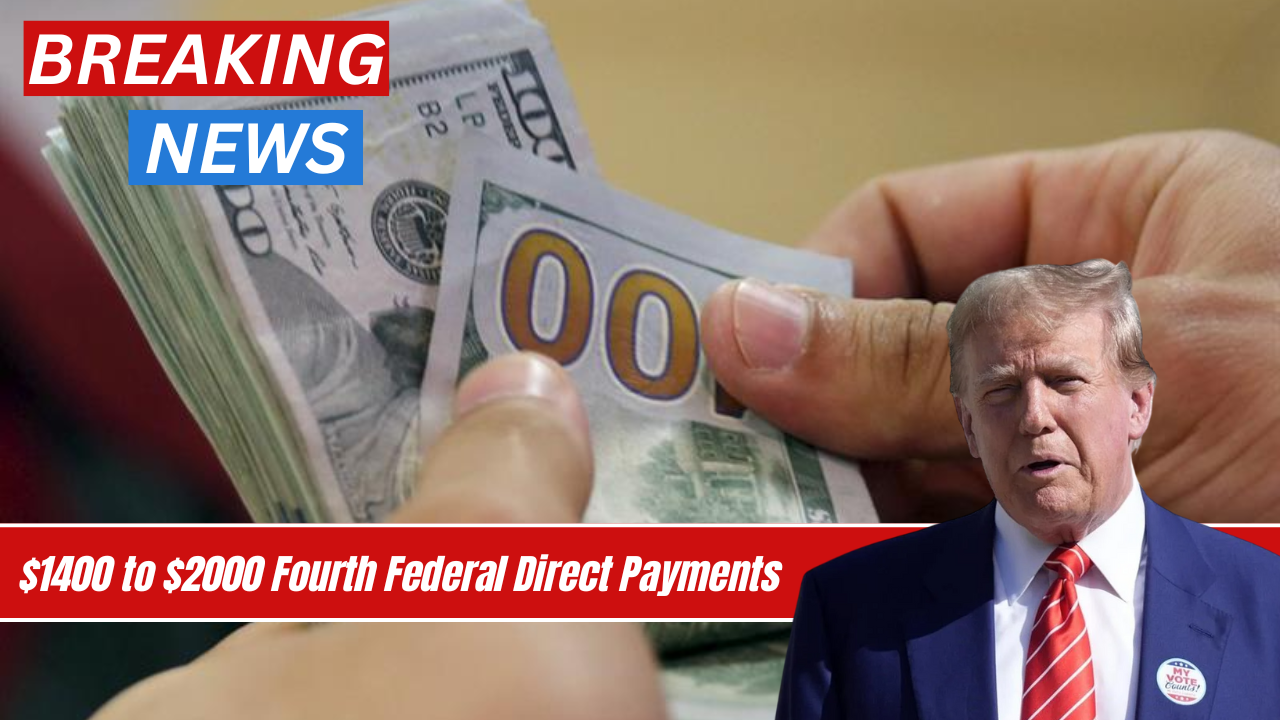1. Introduction
What Are the $1,400 to $2,000 Payments?
In 2025, the federal government is issuing payments ranging from $1,400 to $2,000 to millions of Americans. These payments are part of an ongoing effort to provide economic relief in response to financial hardships faced during the COVID-19 pandemic. These payments are a continuation of the series of direct stimulus payments issued by the U.S. government, designed to support individuals, families, and the economy at large. Unlike earlier payments, which were tied to specific stimulus packages, the $1,400 to $2,000 payments are a continuation of the Recovery Rebate Credit program, aiming to ensure that individuals who missed or didn’t receive the full amount in previous payments will receive their rightful funds.
Historical Context of Stimulus Payments
Since 2020, the U.S. government has issued multiple rounds of direct payments to provide financial relief to citizens affected by the pandemic. The first round, passed under the CARES Act, provided $1,200 to eligible individuals, while subsequent rounds provided additional funding, with the most recent being the $1,400 payments. These payments have played a key role in boosting household income and providing support during uncertain economic times.
The Purpose Behind These Payments
The primary goal of these payments is to provide immediate financial relief to those struggling due to job losses, reduced working hours, and other economic disruptions. The payments are designed to help pay for essential expenses such as food, housing, and medical bills, and to keep the economy moving by stimulating consumer spending.
2. Eligibility for the $1,400 to $2,000 Payments
Income Limits for Full Payments
The $1,400 to $2,000 payments are means-tested, meaning that only individuals and households within certain income thresholds will qualify for the full payment.
- Single Filers: To qualify for the full $1,400, your adjusted gross income (AGI) must be under $75,000. Payments phase out between $75,000 and $80,000.
- Married Filing Jointly: Couples must have an AGI under $150,000 to qualify for the full payment. The phase-out range is between $150,000 and $160,000.
- Head of Household: For head-of-household filers, the full payment applies if the AGI is under $112,500, phasing out between $112,500 and $120,000.
Phase-Out of Payments
For individuals and families earning above the specified thresholds, the $1,400 payment gradually decreases. The higher your income, the smaller the payment you will receive. Those with incomes above the upper threshold will not receive any payment at all.
Dependent Eligibility
An additional $1,400 is provided for each dependent under the age of 17. This also includes full-time students under 24 and adults who are claimed as dependents.

3. How to Claim the Payments
Automatic Payments
The vast majority of eligible individuals will receive their payments automatically through direct deposit or by paper check. These payments will be sent to the same account or address that the IRS has on file, either from the previous stimulus payments or from the most recent tax filing.
Filing Taxes for the Recovery Rebate Credit
If you haven’t received the payment or if you’re unsure whether you qualify, filing your 2021 tax return is critical. The IRS uses your tax information to determine your eligibility and calculate the amount you are entitled to. This is especially important for individuals who did not receive full payments previously or for those who were not required to file taxes in the past.
Special Cases
There are also special cases where individuals need to take additional steps to claim their payments, including:
- Non-filers: Individuals who do not normally file taxes must submit a simple tax return to receive the payment.
- Change of Information: If your bank account or address has changed since your last payment, you need to update your information with the IRS.
How to Track Your Payment Status
The IRS offers the “Get My Payment” tool, which allows individuals to track the status of their payments and ensure their details are up to date.
4. Disbursement Process
Direct Deposit vs. Paper Checks
Payments are primarily disbursed through direct deposit, which is the fastest method. However, if the IRS does not have your direct deposit information, they will send a paper check. Some individuals will receive prepaid debit cards if the IRS cannot issue direct deposits.
Estimated Timelines for Payment Distribution
The IRS aims to issue payments as quickly as possible, with most direct deposits arriving within a few weeks of the IRS processing your tax return. Paper checks and debit cards can take longer, potentially several weeks after the initial disbursement date.
Challenges and Delays in Payments
Delays in payments can occur for a variety of reasons, including issues with your tax return or discrepancies in your payment information. Some individuals may experience a delay if the IRS is unable to verify their details or if they are flagged for additional review.

5. The Impact of the Payments
Financial Relief to Families and Individuals
These payments are designed to help individuals and families cover essential costs such as rent, utilities, groceries, and healthcare. For many, especially those who are unemployed or underemployed, these payments are a critical lifeline during the economic recovery period.
Economic Stimulus
By providing payments directly to individuals, the government is encouraging consumer spending, which in turn stimulates the economy. This is particularly important for small businesses and the service industry, which were hit hardest by the pandemic.
Social Implications
In addition to providing financial support, the direct payments have been shown to reduce poverty rates and improve financial stability for many households. For some, the payments may provide a chance to pay down debt or save for future emergencies.
6. Scams and Fraudulent Activity
Common Scams Related to Stimulus Payments
Unfortunately, whenever large sums of money are disbursed, scammers take advantage of the situation. Be on the lookout for phishing emails, fake phone calls, and text messages claiming to be from the IRS or other government agencies. These scams often ask for personal information, including your Social Security number and bank account details.
How to Protect Yourself
The IRS will never call you or send unsolicited emails or texts asking for personal information. Always verify any suspicious communication directly with the IRS or through their official website.
Reporting Scams
If you suspect you’ve been targeted by a scam, report it immediately to the IRS or the Federal Trade Commission (FTC). The IRS has dedicated resources to handle cases of fraud and identity theft.
7. Conclusion
The $1,400 to $2,000 direct payments are a much-needed form of relief for millions of Americans as they recover from the economic impacts of the pandemic. By understanding the eligibility criteria, knowing how to claim your payment, and staying aware of potential scams, you can ensure that you receive your full payment. The recovery from the pandemic is ongoing, and these payments play a significant role in helping individuals and families navigate financial hardships during this period.
8. FAQs
1. What if I didn’t receive my full payment last time?
If you missed out on any previous payments, you may be eligible to claim the Recovery Rebate Credit on your 2021 tax return to receive the remaining amount.
2. How do I know if I’m eligible for the $1,400 payment?
You will qualify if your income falls within the specified limits and you are a U.S. citizen or resident, including those with dependents.
3. Will the $1,400 payment affect my taxes?
No, the stimulus payment is not taxable. It is considered a rebate on your 2020 or 2021 tax returns.
4. How do I track my payment status?
You can track your payment using the IRS “Get My Payment” tool, which provides real-time updates on your payment status.
5. Can I still claim the payment if I missed the deadline?
If you miss the deadline, you can still claim the Recovery Rebate Credit when you file your taxes for 2021.



